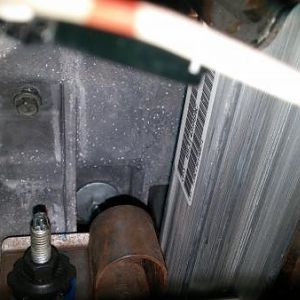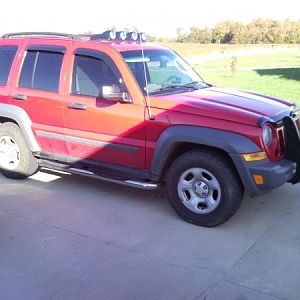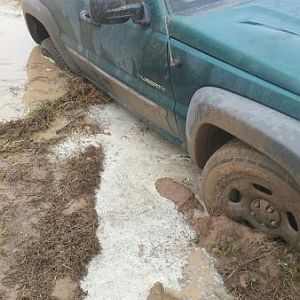0212353
Full Access Member
Want to see Fukken Wax in action?
[yt]dVX2L3eDzAw[/yt]
Frequently Asked Questions
What is Fukken Wax
Fukken Wax is a high performance Euro-Style cleaning wax in an aerosol can. It will not only clean and wax your vehicle, but also remove grease, tar, bugs, mildew, road grime, light scratches and tree sap. Fukken Wax removes oxidation and restores faded paint.
Fukken Wax contains no silicone, Teflon, or CFCs which are harmful to the environment. Fukken Wax is also clear coat and gel coat safe. Fukken Wax is an all in one wash-n-wax. Fukken Wax does not require water, soap, or sponges. All you need is a can of Fukken Wax and a terry cloth.
How is it applied?
It's quite simple. First, park your vehicle in a shaded area, out of the wind, if possible, and if needed, rinse off any heavy excess dirt. Always shake the can well before spraying any surface. Use two terry cloth towels. Spray a light coat of Fukken Wax on a small section of your vehicle. A 2 or 3 foot square is most recommended. Using the first towel, gently rub the Fukken Wax in a circular motion. Allow approximately 15 seconds for the wax to dry to a light filmy haze. Using the second towel, wipe or buff the area to a showroom shine, turning the towel frequently to avoid build-up.
Do note, for faded paint, bugs, tar, tree sap, or any other substance, apply a heavier coat of Fukken Wax and allow it to set for 10 seconds before rubbing the wax in.
How long does Fukken Wax last?
Typically, Fukken Wax will last 8 to 10 weeks depending on the weather and driving conditions in your area.
Will Fukken Wax harm or scratch my paint?
Absolutely Not! Fukken Wax is a combination of petroleum distillates and cleaning solvents formulated to surround, lubricate, emulsify, and lift dirt or dust particles away from the surface of a vehicle. Along with the Carnauba Wax, your car will have a deep color and look that'll be the envy of the neighbourhood.
What can Fukken Wax be used on?
Fukken Wax can be used on a variety of painted and non-porous surfaces. This versatility allows Fukken Wax to work on virtually every outside surface of your vehicle. Use it on windows, mirrors, chrome, aluminum, hard rubber, smooth plastics, fiberglass, and many more. Use it on your car, truck, van, boat, RV, motorcycle, snowmobile, sea-doo, or airplane.
Do you guarantee Fukken Wax will work?
Yes, we absolutely guarantee Fukken Wax will work. And to show how much we back Fukken Wax, we will give 100% of the product cost back to you if you are not satisfied within the first 30 days. All you need to do is ship the can(s) of Fukken Wax back to us within 30 days of the purchase date, and we'll refund 100% of the cost.
What makes Fukken Wax better than any other detailing wax?
Easy. Fukken Wax does far more than the average typical wax. Have you ever heard of a wax you can use to restore paint to a shiny new glow, then spray the exact same thing on your snowboard to decrease friction, and then to top it all off, use it to remove grease, tar or tree sap from a dirty vehicle? No other product is capable of being so multi-purpose as Fukken Wax. And with our 30 day money back guarantee, your satisfaction is guaranteed.
Click here to order Fukken Wax today!
[yt]dVX2L3eDzAw[/yt]
Frequently Asked Questions
What is Fukken Wax
Fukken Wax is a high performance Euro-Style cleaning wax in an aerosol can. It will not only clean and wax your vehicle, but also remove grease, tar, bugs, mildew, road grime, light scratches and tree sap. Fukken Wax removes oxidation and restores faded paint.
Fukken Wax contains no silicone, Teflon, or CFCs which are harmful to the environment. Fukken Wax is also clear coat and gel coat safe. Fukken Wax is an all in one wash-n-wax. Fukken Wax does not require water, soap, or sponges. All you need is a can of Fukken Wax and a terry cloth.
How is it applied?
It's quite simple. First, park your vehicle in a shaded area, out of the wind, if possible, and if needed, rinse off any heavy excess dirt. Always shake the can well before spraying any surface. Use two terry cloth towels. Spray a light coat of Fukken Wax on a small section of your vehicle. A 2 or 3 foot square is most recommended. Using the first towel, gently rub the Fukken Wax in a circular motion. Allow approximately 15 seconds for the wax to dry to a light filmy haze. Using the second towel, wipe or buff the area to a showroom shine, turning the towel frequently to avoid build-up.
Do note, for faded paint, bugs, tar, tree sap, or any other substance, apply a heavier coat of Fukken Wax and allow it to set for 10 seconds before rubbing the wax in.
How long does Fukken Wax last?
Typically, Fukken Wax will last 8 to 10 weeks depending on the weather and driving conditions in your area.
Will Fukken Wax harm or scratch my paint?
Absolutely Not! Fukken Wax is a combination of petroleum distillates and cleaning solvents formulated to surround, lubricate, emulsify, and lift dirt or dust particles away from the surface of a vehicle. Along with the Carnauba Wax, your car will have a deep color and look that'll be the envy of the neighbourhood.
What can Fukken Wax be used on?
Fukken Wax can be used on a variety of painted and non-porous surfaces. This versatility allows Fukken Wax to work on virtually every outside surface of your vehicle. Use it on windows, mirrors, chrome, aluminum, hard rubber, smooth plastics, fiberglass, and many more. Use it on your car, truck, van, boat, RV, motorcycle, snowmobile, sea-doo, or airplane.
Do you guarantee Fukken Wax will work?
Yes, we absolutely guarantee Fukken Wax will work. And to show how much we back Fukken Wax, we will give 100% of the product cost back to you if you are not satisfied within the first 30 days. All you need to do is ship the can(s) of Fukken Wax back to us within 30 days of the purchase date, and we'll refund 100% of the cost.
What makes Fukken Wax better than any other detailing wax?
Easy. Fukken Wax does far more than the average typical wax. Have you ever heard of a wax you can use to restore paint to a shiny new glow, then spray the exact same thing on your snowboard to decrease friction, and then to top it all off, use it to remove grease, tar or tree sap from a dirty vehicle? No other product is capable of being so multi-purpose as Fukken Wax. And with our 30 day money back guarantee, your satisfaction is guaranteed.
Click here to order Fukken Wax today!


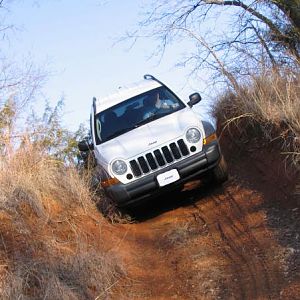
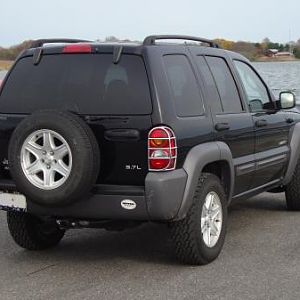
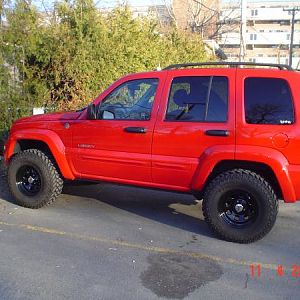

![102109 1223[00]](/data/xfmg/thumbnail/2/2278-9cb0b7ca9ed3ce23d9ef93369d7b126b.jpg?1623784618)

